Quality Vs. Quantity of Sunlight
saoodhashim
10 years ago
Related Stories
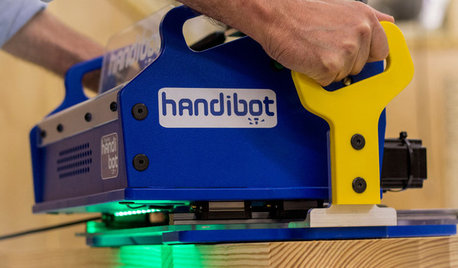
HOME TECHPro-Quality Manufacturing at Home? There's an App for That
Take your home workshop into the future of design with 3D printers and app-driven tools
Full Story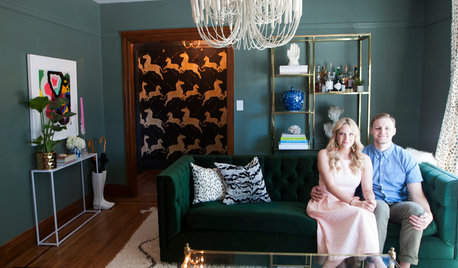
FURNITUREHolding Out for Quality
Cheap furniture has its place, but more shoppers are waiting to invest for the long haul
Full Story
MOVINGHome-Buying Checklist: 20 Things to Consider Beyond the Inspection
Quality of life is just as important as construction quality. Learn what to look for at open houses to ensure comfort in your new home
Full Story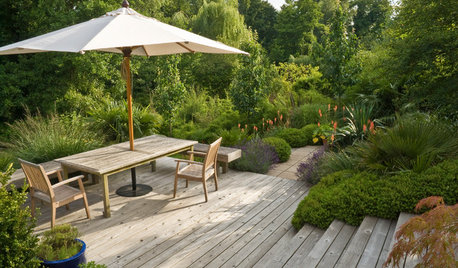
LANDSCAPE DESIGNHow to Create Atmosphere in the Garden With Light and Shadow
There’s so much we can achieve by harnessing the natural elements around us. Here’s how to use sunlight beautifully
Full Story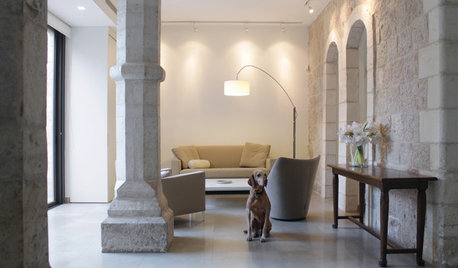
CONTEMPORARY HOMESMy Houzz: Light and Serenity Fill an 1890 Home
Remodeling enhances a Jerusalem home’s architecture while bringing in more sunlight and a peaceful vibe
Full Story
WINDOW TREATMENTSA Surefire Way to Prevent Sun Damage Indoors
Why let light ruin your furniture, floors and artwork, when the solution could be as simple as applying high-quality window film?
Full Story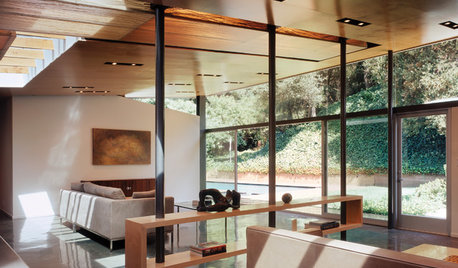
GREEN BUILDINGLook to the Sun for More of Your Home's Lighting
Manage sunlight with design-savvy windows, solar tubes and skylights to save energy and show your home's beauty
Full Story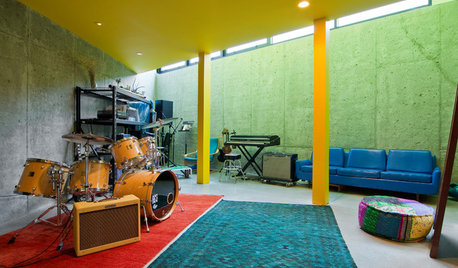
HOUZZ TOURSMy Houzz: Color This Utah Home Terrific
Candy-colored walls lit up by sunlight and a streamlined, open layout make a family’s new house one of a kind
Full Story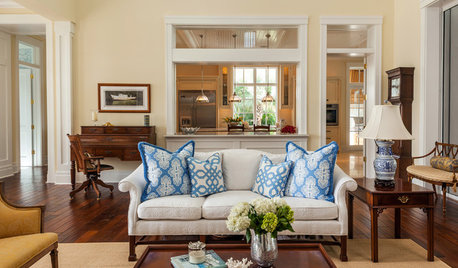
COLORThe Best White and Pastel Colors for Every Kind of Natural Light
Understand how sunlight affects your rooms and get tips on choosing paint colors for each type of exposure
Full Story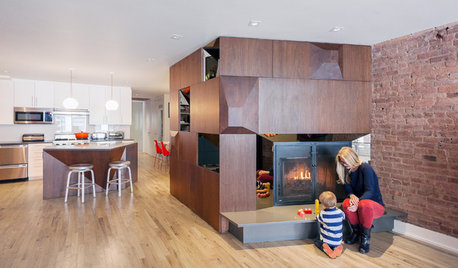
ARCHITECTUREIn the Details: A Storage ‘Jewel Box’ Lights a Manhattan Loft
Mirrored shelves bounce sunlight into an apartment’s formerly dark core, while a fireplace provides nighttime glow
Full StorySponsored
Franklin County's Custom Kitchen & Bath Designs for Everyday Living
More Discussions








greenman28 NorCal 7b/8a
ronalawn82
Related Professionals
McKinney Landscape Contractors · Wilmington Landscape Contractors · Fairfield Landscape Contractors · Fishers Landscape Contractors · Lyndhurst Landscape Contractors · North Richland Hills Landscape Contractors · Brockton Solar Energy Systems · Cheshire Solar Energy Systems · Fort Lee Solar Energy Systems · Gardena Solar Energy Systems · Lodi Solar Energy Systems · Verona Solar Energy Systems · Dracut Window Contractors · Northbridge Window Contractors · Surfside Fence ContractorssaoodhashimOriginal Author
gregbradley
oxboy555
saoodhashimOriginal Author
Tiffany, purpleinopp Z8b Opp, AL
oxboy555
saoodhashimOriginal Author
oxboy555